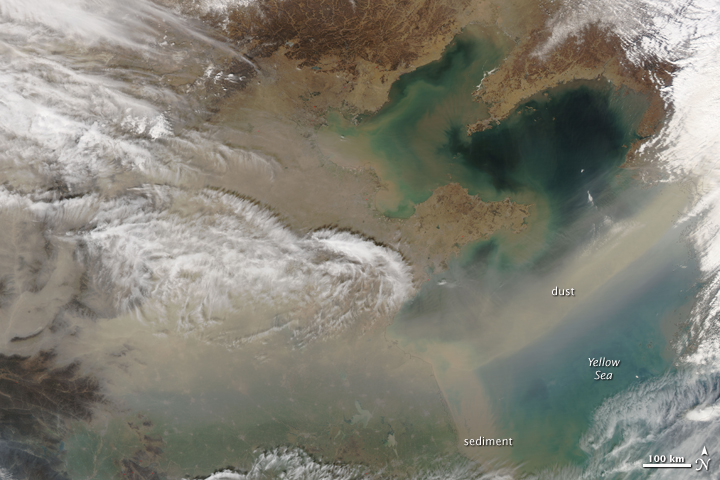Green Forests?
This post contributed by Heather Kirk, a post-doctoral researcher at the Institute of Agricultural Sciences in Zurich, Switzerland
 When a 9.0 magnitude earthquake caused a series of nuclear accidents in Japan back in March of this year, there was nervousness in North America that nuclear fallout could blow across the Pacific Ocean to reach coastal cities in Canada and the US. While those fears were largely unfounded according to health officials, West Coast residents have certainly received air-borne “gifts” from Asian countries in the past.
When a 9.0 magnitude earthquake caused a series of nuclear accidents in Japan back in March of this year, there was nervousness in North America that nuclear fallout could blow across the Pacific Ocean to reach coastal cities in Canada and the US. While those fears were largely unfounded according to health officials, West Coast residents have certainly received air-borne “gifts” from Asian countries in the past.
Every year, China and a number of other Asian countries are the source of massive dust storms that spread over large portions of the Asian continent, and sometimes even cross the Pacific. These storms have intensified over the past century as a result of deforestation, overgrazing, and poor water management. In 2010, East Asia experienced particularly bad droughts that led to food shortages and massive dust storms that lasted for days and traveled thousands of kilometers.
In order to address these storms and their causes, China has implemented a tree-planting policy that aims to reduce erosion and evaporation of precious water resources, while providing new sources of economic growth (via timber and tree-fruit production). The most internationally publicized of these initiatives is the “green wall of China” project, which was initiated in 1978 as part of a larger plan to stop the expansion of the Gobi desert. The project aims to develop a green belt more than 4000 km in length along the edge of the desert.
In the September 22, 2011 issue of Nature, Jianchu Xu, a senior scientist at the World Agroforestry Centre and a professor at the Chinese Academy of Sciences, comments on the detrimental effects of the widespread planting of non-native trees in China, which comprise a large portion of reforestation projects. Most reforested areas are planted with crop species that include fruit trees, eucalyptus, and rubber, and not with native mixed forests that promote biodiversity and are better suited for providing ecosystem services such as erosion control. Additionally, new forests are being planted in areas that were not historically forested such as grasslands.
In his paper, Xu states: “I would like to see China establish parallel forest-management programmes for recovery and restoration of natural forests, and for incorporating working trees into farmlands. Each should include best practices from ecosystem science; a clear definition of tree crop plantations for timber or non-timber products would clarify the separate systems”.
Afforestation is an important strategy for carbon sequestration, and can play a valuable role in both ecosystem remediation and economic development. However all forest are not created equal: some are greener than others.
Photo credit: Jeff Schmaltz, NASA